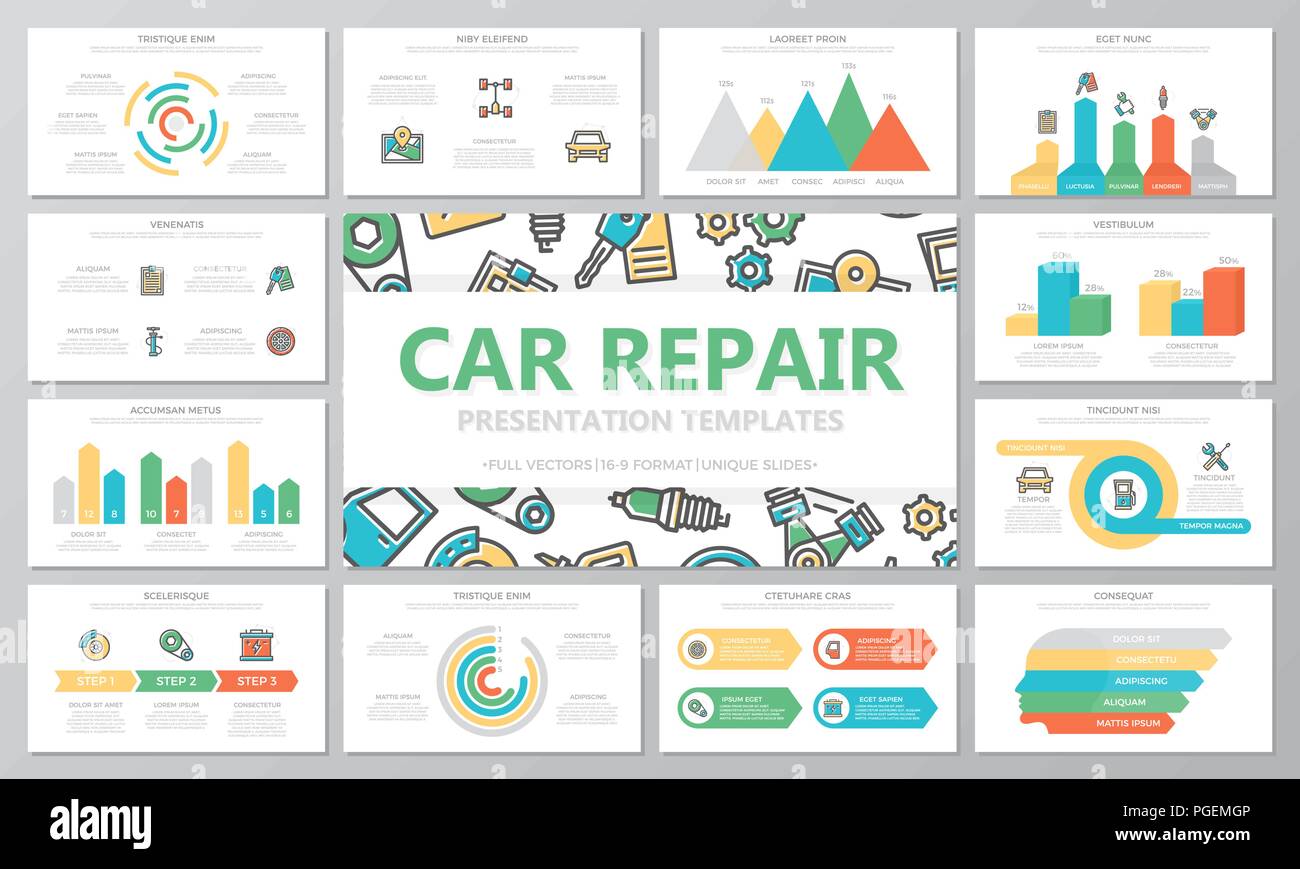Understanding The Significance Behind Your Lorry'S Warning Lights: An Extensive Appearance
Understanding The Significance Behind Your Lorry'S Warning Lights: An Extensive Appearance
Blog Article
vehicle detailing near me By-Sykes Winters
When you lag the wheel, those radiant caution lights on your dashboard can be a little bit complicated. Do you know what they're trying to inform you concerning your cars and truck's health and wellness? Recognizing the relevance of these lights is vital for your safety and security and the long life of your car. So, the following time one of those lights pops up, would not you intend to understand its message properly and take the required actions to resolve it?
Common Warning Lighting and Interpretations
Recognize usual warning lights in your vehicle and understand their definitions to guarantee safe driving.
One of the most common caution lights consist of the check engine light, which signals concerns with the engine or emissions system. If this light begins, it's crucial to have your vehicle examined immediately.
The oil stress alerting light suggests low oil stress, needing instant focus to prevent engine damage.
A flashing battery light might recommend a faulty charging system, potentially leaving you stranded otherwise resolved.
The tire pressure tracking system (TPMS) light signals you to reduced tire pressure, affecting lorry stability and gas effectiveness. Disregarding this can cause unsafe driving problems.
The abdominal light shows a trouble with the anti-lock stopping system, endangering your capability to stop swiftly in emergencies.
Finally, the coolant temperature alerting light warns of engine overheating, which can lead to extreme damages otherwise solved quickly.
Recognizing these common caution lights will certainly help you deal with problems without delay and preserve risk-free driving problems.
Importance of Prompt Interest
Understanding the common warning lights in your vehicle is just the very first step; the significance of promptly addressing these cautions can not be highlighted enough to guarantee your security when driving.
When a warning light brightens on your control panel, it's your cars and truck's means of communicating a potential issue that requires attention. Overlooking these cautions can bring about more extreme issues down the road, endangering your safety and potentially costing you more in repairs.
Prompt focus to warning lights can protect against malfunctions and accidents. For example, a blinking check engine light could suggest a misfire that, if left unattended, could cause damages to the catalytic converter. Resolving this immediately can save you from an expensive fixing.
In a similar way, a brake system warning light may indicate reduced brake liquid or used brake pads, essential elements for your safety and security when driving.
DIY Troubleshooting Tips
If you notice a warning light on your control panel, there are a few do it yourself troubleshooting pointers you can attempt before seeking expert aid.
The first step is to consult your cars and truck's manual to recognize what the specific caution light indicates. Occasionally the concern can be as basic as a loose gas cap causing the check engine light. Tightening up the gas cap may deal with the problem.
One more common concern is a low battery, which can set off different warning lights. Checking the battery connections for corrosion and ensuring they're safe might repair the trouble.
If a caution light continues, you can try resetting it by disconnecting the automobile's battery for a couple of minutes and after that reconnecting it. In https://www.cbsnews.com/chicago/news/fire-crews-battle-massive-fire-in-uptown-area/ , examining your car's fluid levels, such as oil, coolant, and brake liquid, can help repair advising lights connected to these systems.
Verdict
In conclusion, understanding your auto's caution lights is important for keeping your car running efficiently and securely. By promptly resolving these alerts and knowing what they indicate, you can prevent pricey repairs and prospective break downs.
Remember to consult your automobile's guidebook for certain details on each cautioning light and take action as necessary to make sure a hassle-free driving experience.
Keep notified, remain secure on the road!
